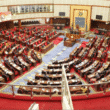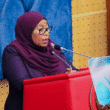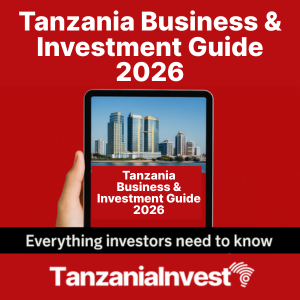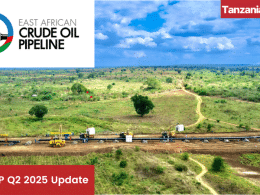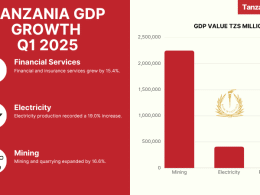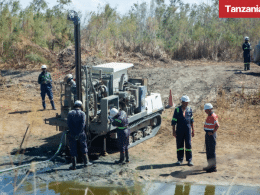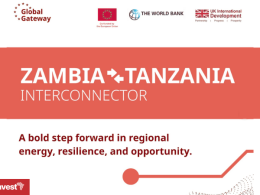East African Wind Energy Limited (EAWEL), a newly incorporated company to be involved in the renewable energy sector in East and Central Africa, has recently announced that Singida Wind Power Project, the first wind farm to be connected to Tanzania’s national grid, will start operating by end of 2017 at a capacity of 100 MW.
The wind farm is being developed in the Singida Municipality in the country’s central region at a total investment of USD 285 million of which the International Finance Corporation (IFC), Aldwych International from UK and Six Telecoms from Tanzania are currently providing USD 18 million.
The total investment will completed by a further USD 71 million equity by EAWEL and the Tanzanian government through the National Development Corporation (NDC).
The announcement was done by EAWEL’s Director of Business Development, Mr. John Chagama, who explained that the wind farm will attract more investment to Singida region due to its high wind power generation potential.
This investments will support other economic activities and boost employment to benefit the municipality’s population calculated in 300,000, he added.
Tanzania has areas of high wind potential that cover more than 10% of its land or an area equivalent to Malawi’s size with a potential greater than that from the US State of California, reason why the World Bank undertook the Energy Sector management Assistance Program (ESMAP) to construct an energy map by using satellite images and that so far has invested USD 2.8 million in the country.
Tanzania accounts for most of the wind power projects installed in Sub Saharan Africa (SSA), which represent 22% of the total 647 MW installed out of 14,700 MW of large-scale RE power projects in development stage in SSA since 2013.
In Tanzania only 38% of the population has access to electricity. With this and further renewable energy projects the country expects to raise the access to 50% by 2025 and 70% by 2035.


